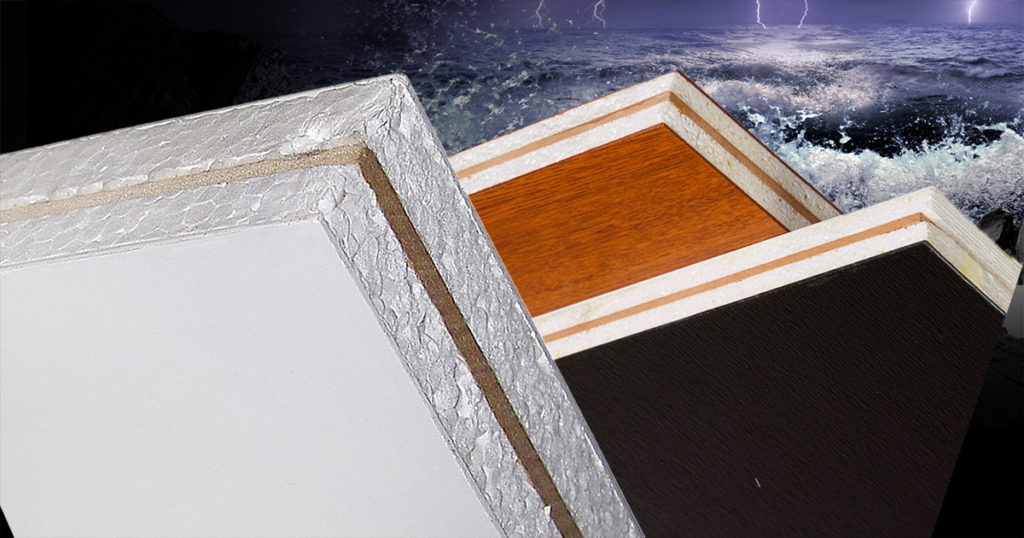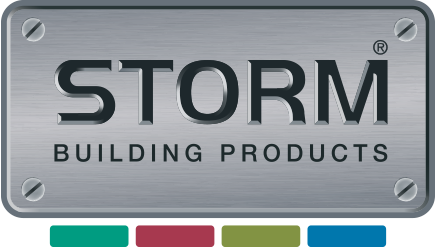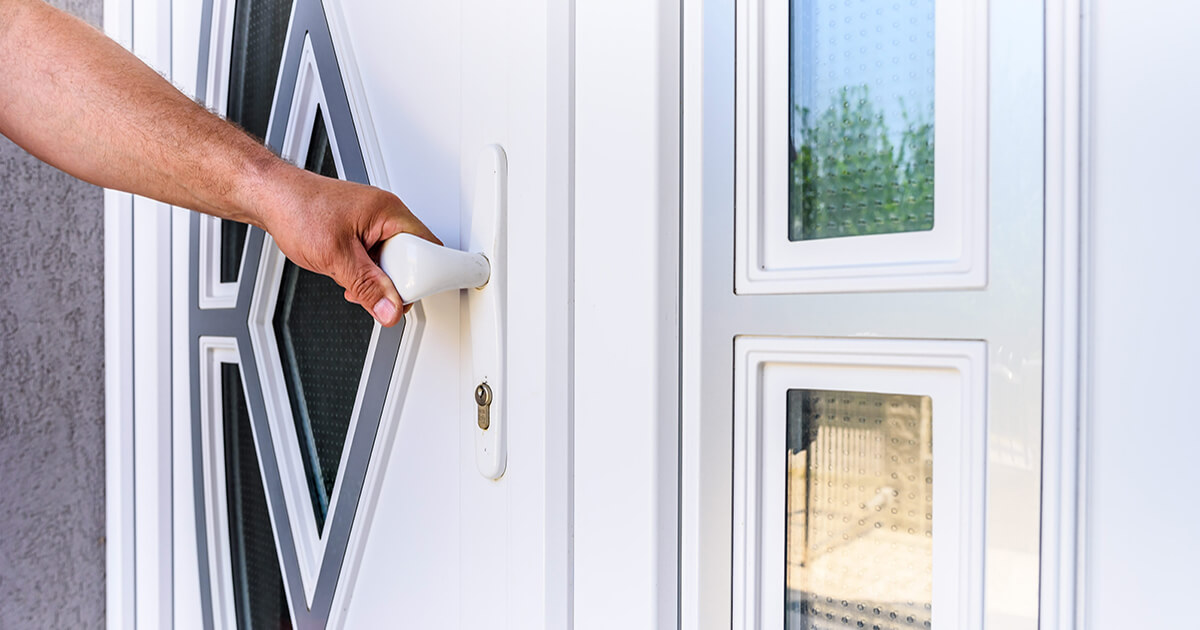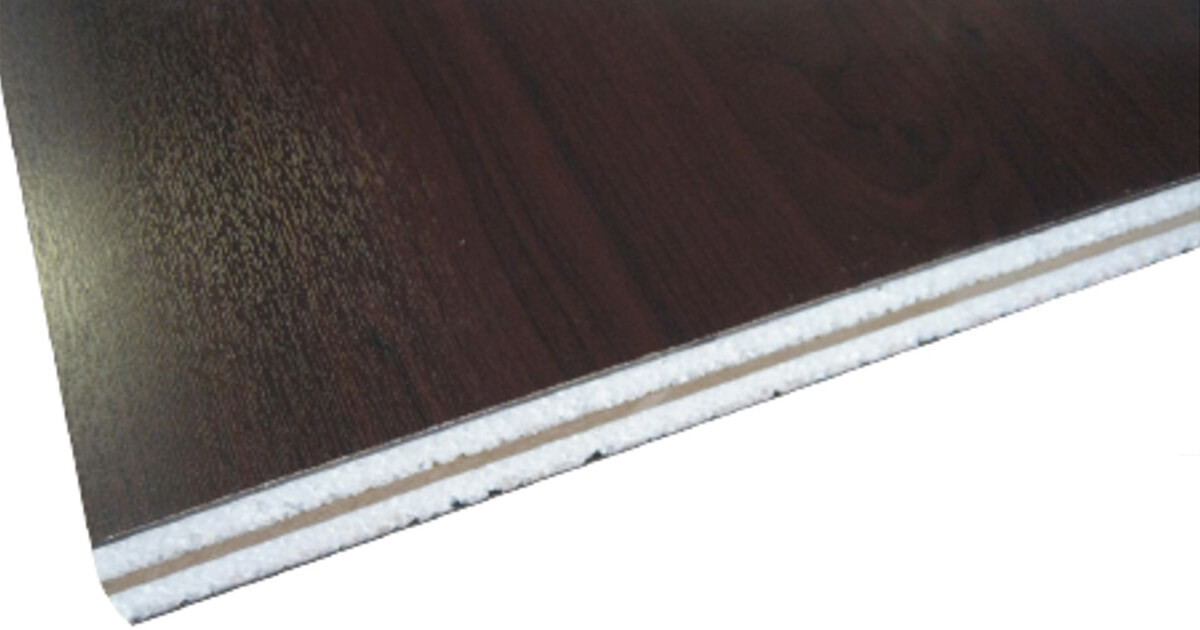
So why should you be using uPVC door panels? Many homeowners desire a door that suits the aesthetic of their property and provides them with the security to know that it can keep their home safe.
The Cyclone range is STORM’s own design of uPVC door panel designed to do just that.
What are door panels?
UPVC door panels are a favourable alternative to composite and wooden doors due to their long-term lower costs and energy efficiency. UPVC panelling for doors are low-maintenance and durable, requiring no additional expenses or time for upkeep. They can last a long time without any damage.
The insulation properties of uPVC door panels offer lower energy costs by retaining heat inside the home. Door panels are also eco-friendly as they have a long life span and are made from mostly recyclable materials.
Door panels are fitted into a pre-existing architrave that has already been fitted with a lock. The door panels are put in the middle and secured with stops. Packers are used to raise them until they fit tightly with no gaps between the frame and panel.
UPVC Door panels are adaptable, purposefully created to provide diverse options for consumer’s personal wants, and they’re easy to swap out should unplanned damage occur.
Damage can be caused by multiple factors but uPVC has the properties to overcome most of these. Weathering is a common problem amongst most materials used on the exterior of a property. Wood can warp, rot and fade as a result of high levels of sunlight exposure or after rain.
Some uPVC finishes have the appearance of wood without the difficulty of the upkeep. As already mentioned, uPVC is resistant to UV and is not affected by elements that cause corrosion or rotting. This is because it’s made from a non-reactive compound.
This means that consumers have a choice between a more traditional white uPVC finish or wood appearance based on personal choice but both with the peace of mind that maintaining the material won’t come with heavy costs for cleaning materials and time.
The benefits of uPVC panelled doors
Safety and Security
UPVC doors are tough. The polyvinyl chloride contained in a UPVC door doesn’t deteriorate as time passes and the material is resistant to rotting and UV damage because of the non-reactive compound it’s manufactured from. This ensures a longer life before replacement is required and it also means the performance won’t decline.
If the quality and capability are maintained, users won’t need to worry about reductions in security because of weathering which would weaken the material and lead to issues with the door.
Most UPVC doors, especially Cyclone panels, are designed to be protected against UV and fire. This makes it a safer option for end-users that have families or bigger households, where the risk of any incidents is increased.
Cyclone panels come as reinforced or non-reinforced. This gives the opportunity for end-users to have peace of mind and choice but allows distributors to advise design based on the door.
Material effectiveness
Cyclone’s range features MDF reinforced door panels. Medium Density Fibreboard (MDF) is an artificial wood product that is made from wood residuals mixed with plastic composites.
MDF has economic value and is, therefore, more available to most consumers because of its cost. The material can be painted to resemble real wood. It has a strong, solid, flat, and stiff design.
This makes it an excellent choice. Although, unlike wood, it has no grain so is easier to cut and drill without splitting or damaging.
By combining MDF with uPVC, the properties of both work together which adds strength to the material.
Design
Colours. Glass cuts. Cat flaps. UPVC is adaptable and can be changed to suit the needs of the user or distributor. The Cyclone range comes in a vast array of colours to provide varied stock and also the choice for buyers.
Because uPVC is a tough material that doesn’t splinter when cut, distributors and consumers can use the panels as they wish and tailor them to incorporate their own needs. This is why uPVC doors can contain so many different types of glass sections and other additions (such as cat flaps or letterboxes) because it’s made from a material that is workable.
When to use reinforced door panels?
The introduction of uPVC doors and their incorporated multiple lock systems completely changed the security people could get from a ‘cheaper’ style of door. UPVC frames are still designed with the same security but when it comes to door panels, they are a ‘stand-alone’ component inserted into the frame. They are of course secured but also need to be capable of holding their own.
The reinforcement of door panels comes from the addition of MDF as a layer sandwiched between the uPVC and also the increased width of the plastic.
UPVC reinforced doors are best suited to front doors or exterior doors where added security against unwanted visitors is needed. The more lightweight non-reinforced doors are better suited for internal frames.
However, reinforced door panels are not just designed for increased safety. Cyclone door panels are also created with high levels and thicknesses to make sure heat doesn’t escape which reduces heating costs and increases thermal resistance.
Where to buy door panels?
Buying the right door panels is important for making sure you can match the aesthetic and security needs of your own home or you can guarantee to your customers you can give them what they need.
We design cyclone door panels to meet these requirements. STORM Building Products stock three thicknesses and two variants of uPVC doors. We also include a cutting service so that you can get the exact size you need to match your demands.
The most common sizes and colours of uPVC door panels are constantly stocked and with fast delivery service, they can be with you in no time at all.
Looking to learn more about the benefits of uPVC door panels? Speak to our team today on 01278 455326 or email [email protected]
This article was written by Jade Mitchell.
Jade is the Marketing Coordinator at STORM Building Products, she has been working in the building plastics industry since 2016 and has completed ISMM level 2 and 3.



